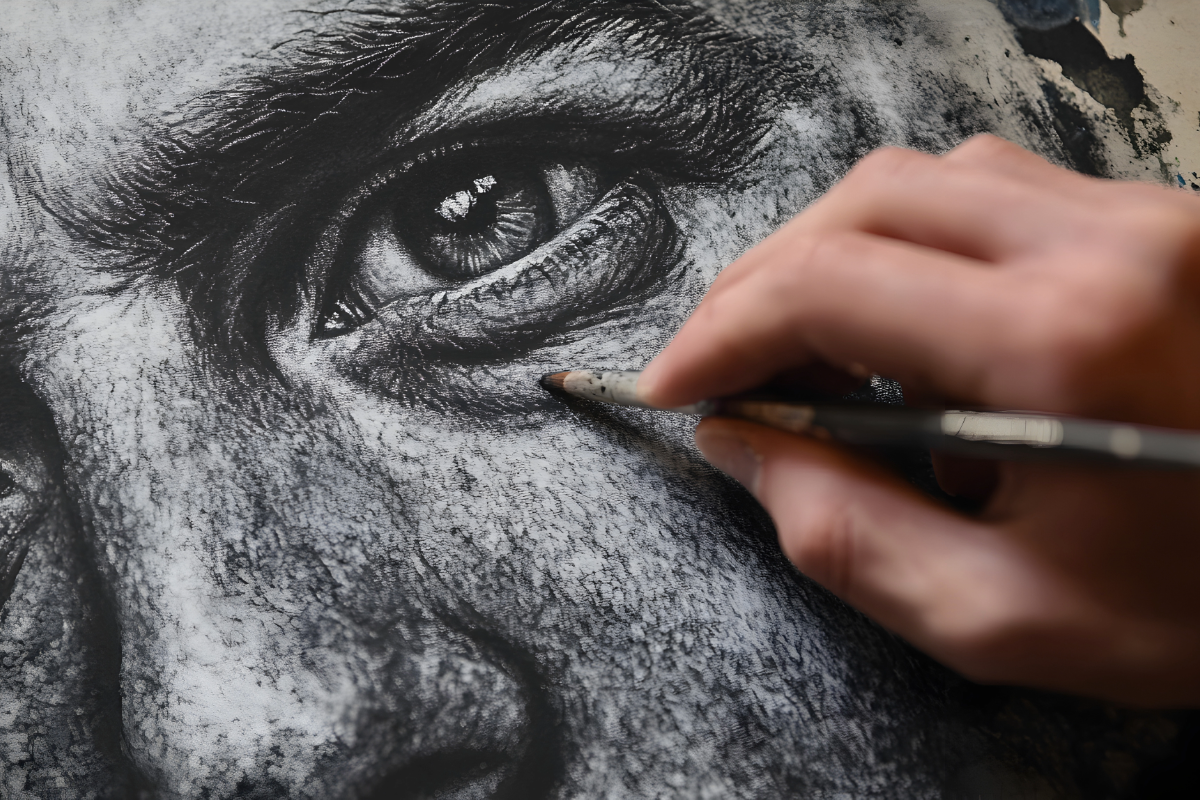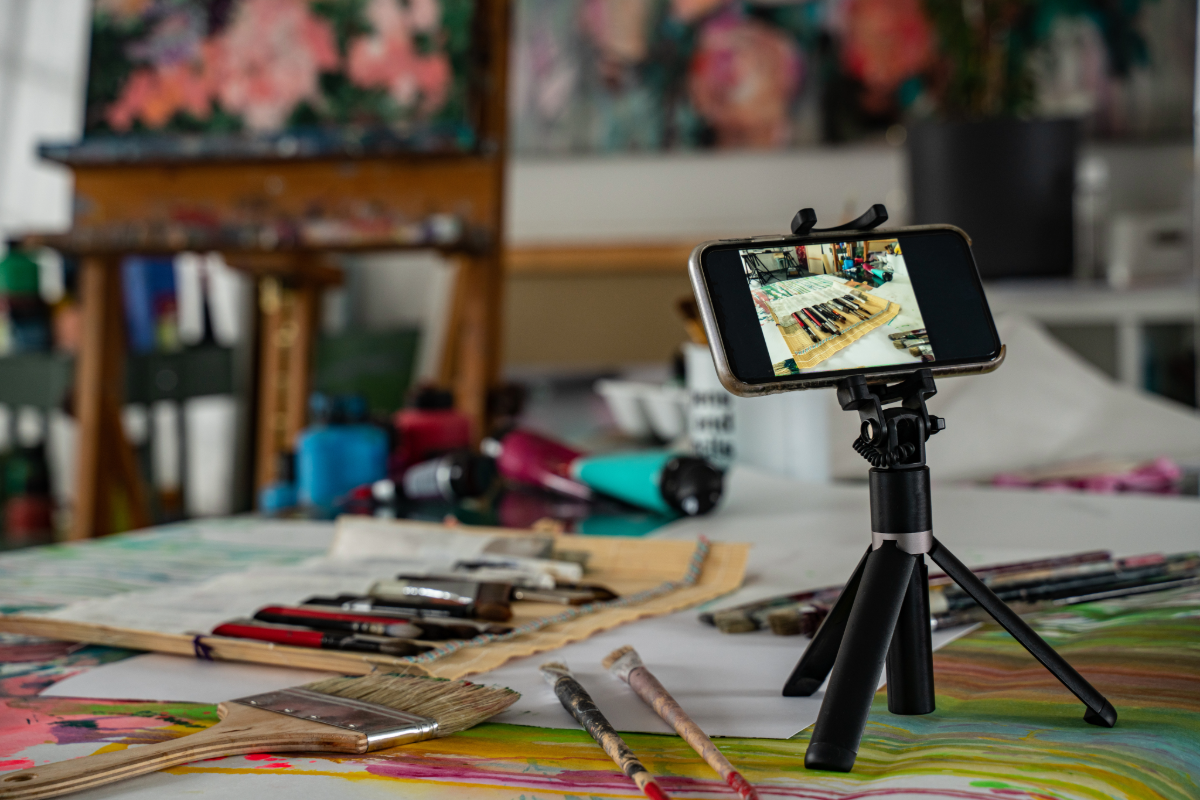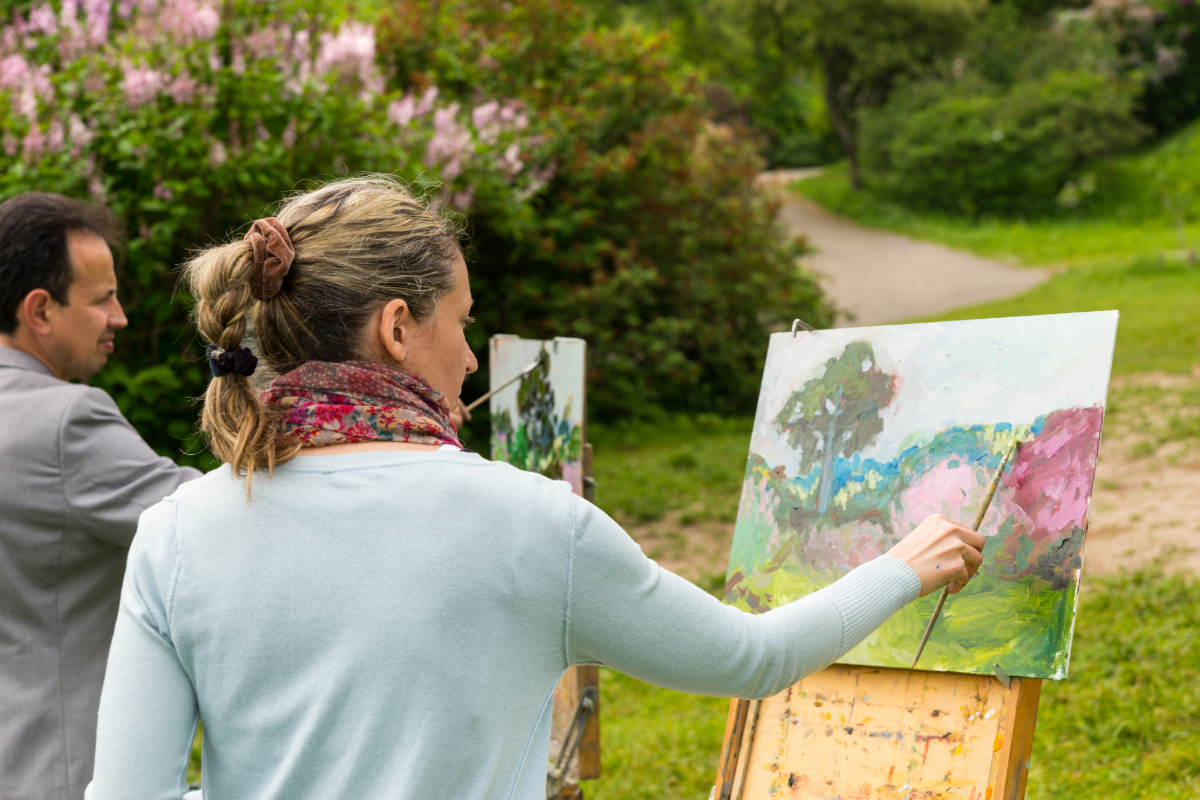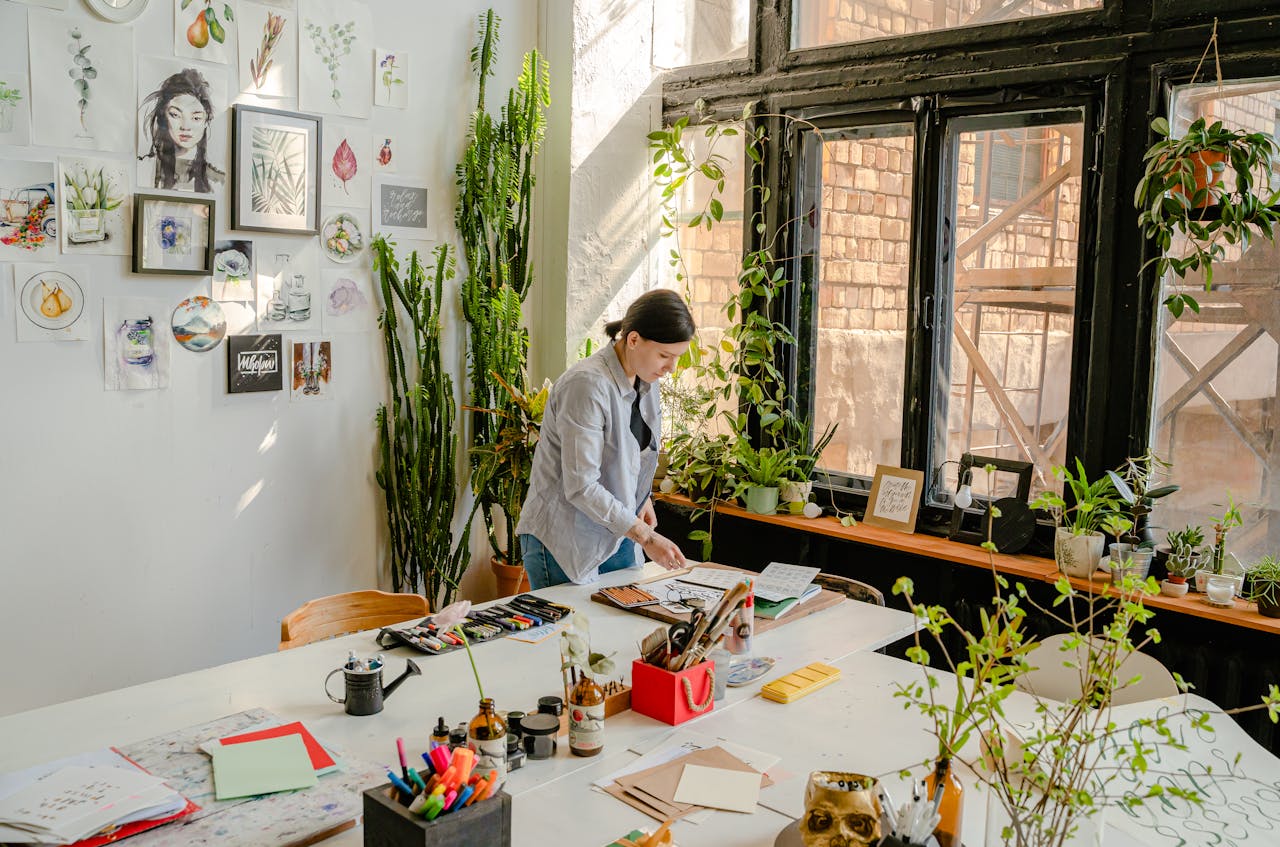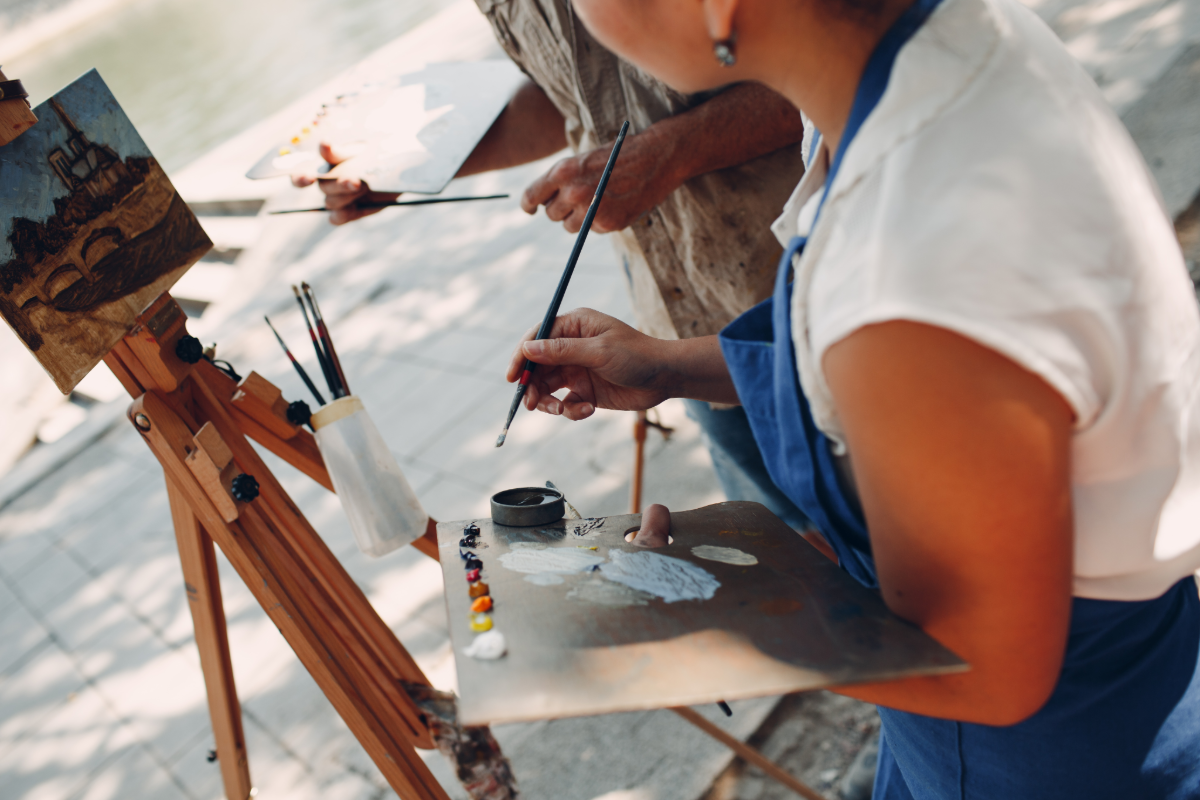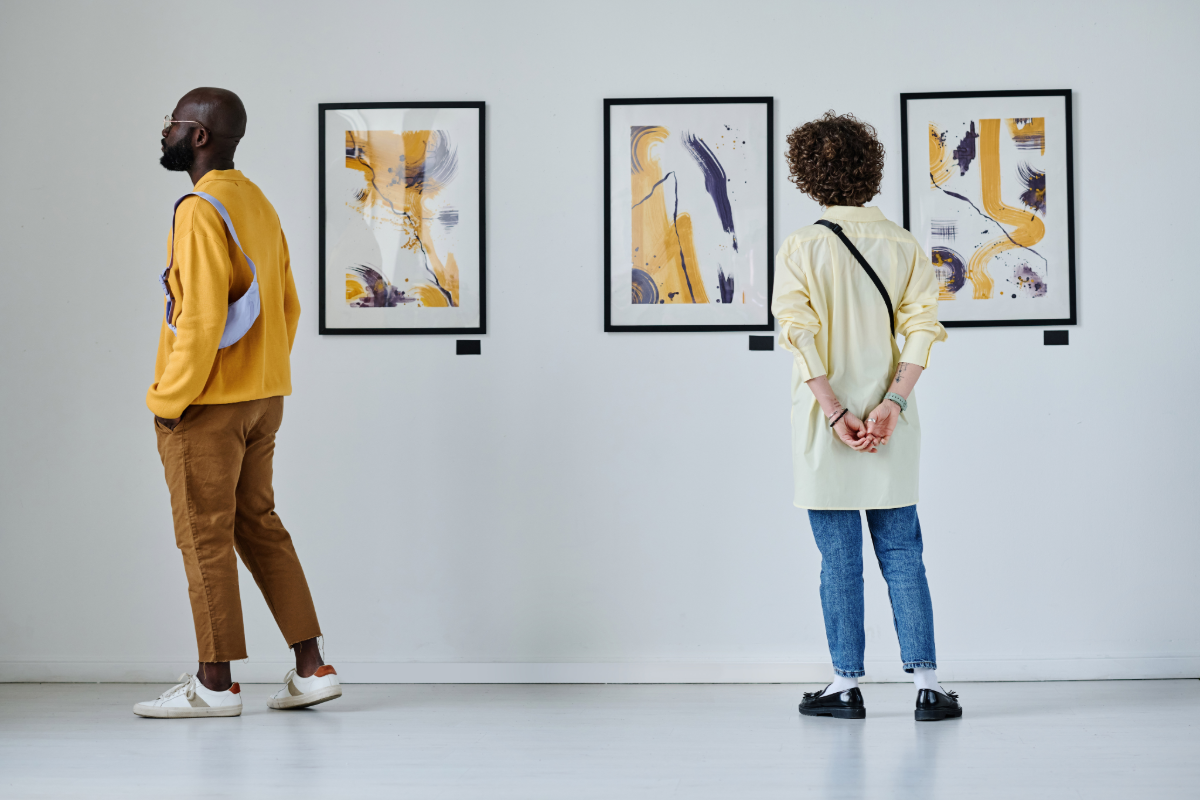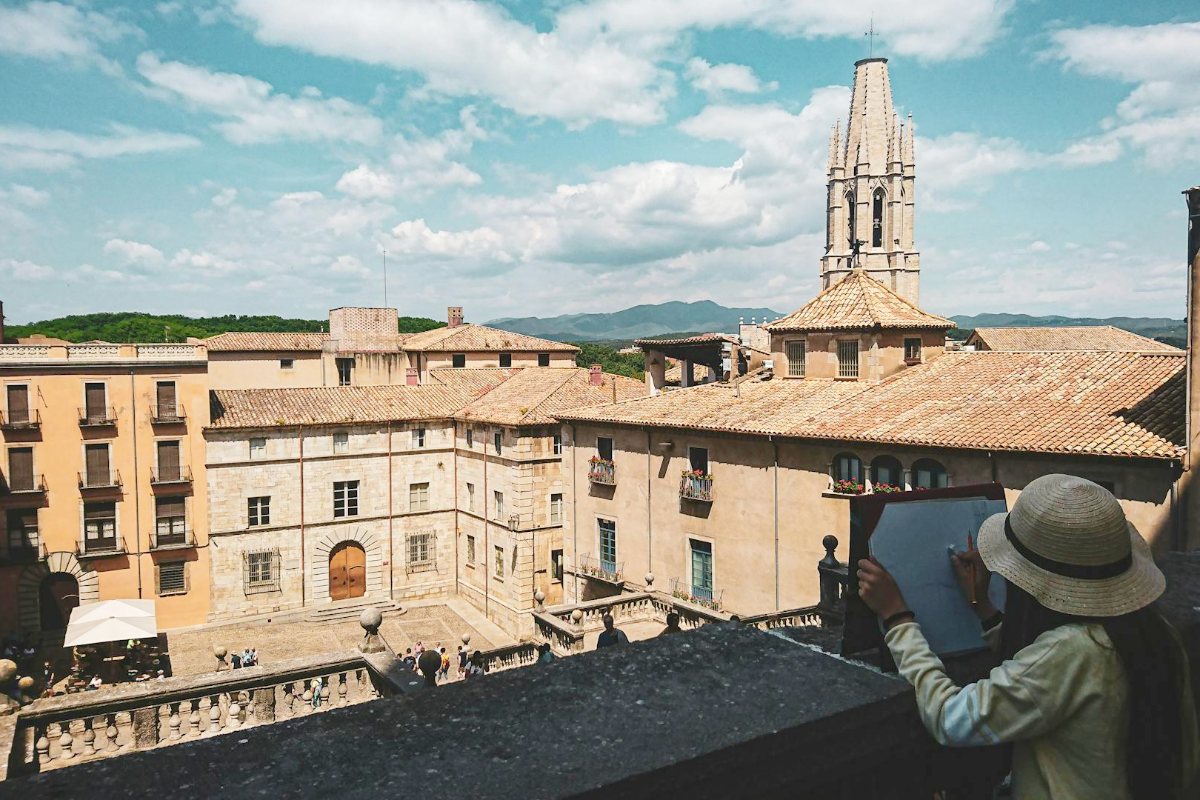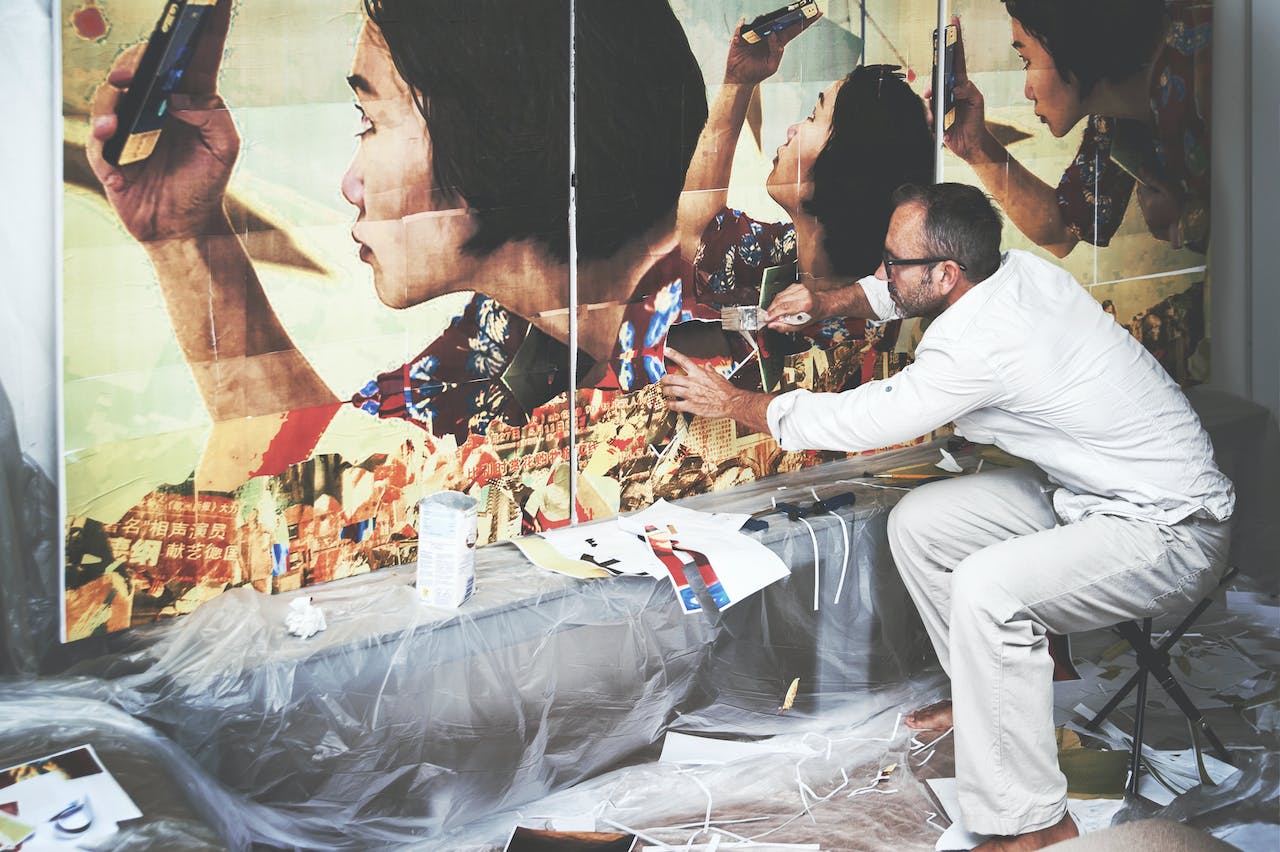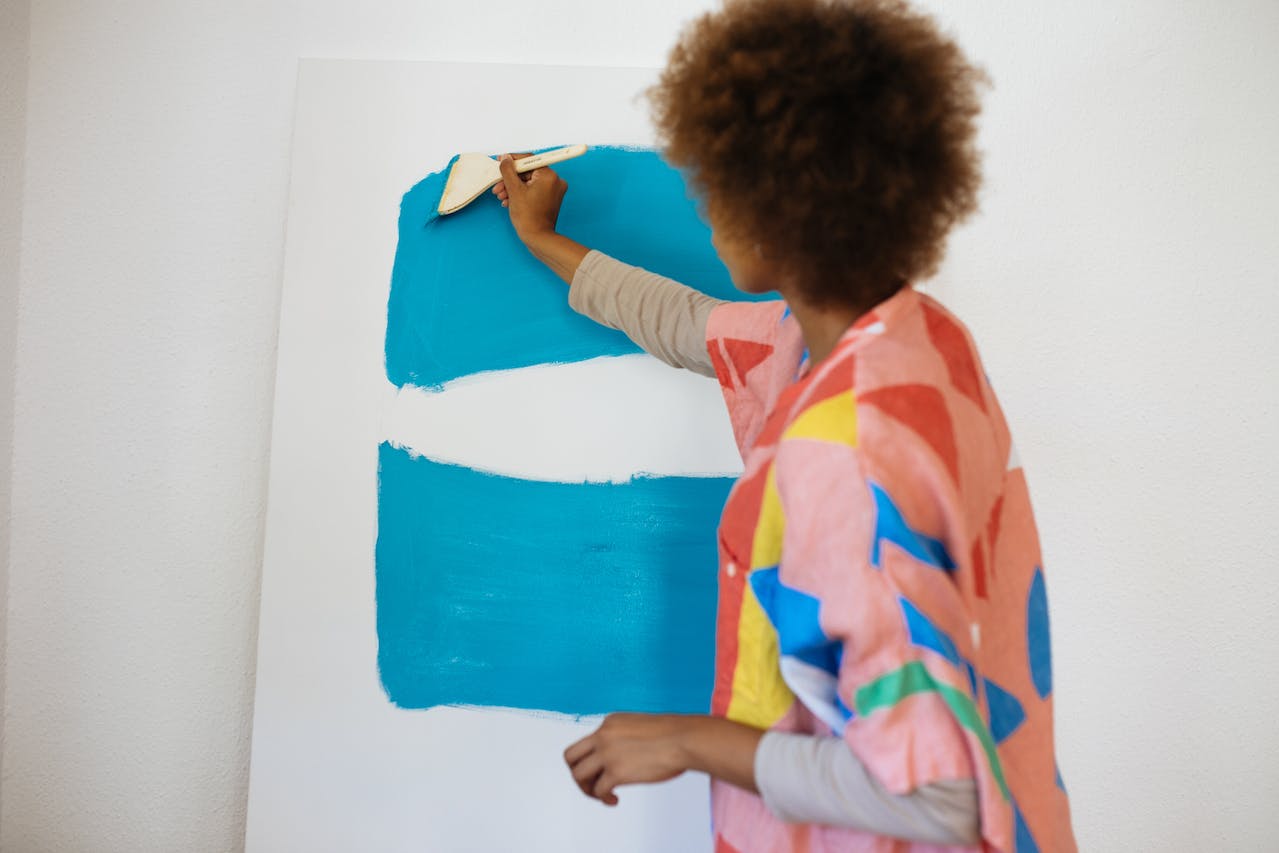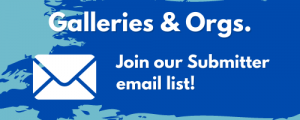Open Calls 101: A Smart Strategy for Exposure, Income & Growth
Turn Your Work into Opportunity
Looking for ways to get paid for your art, gain more exposure, and grow your creative career? Open calls can help you land grants, cash prizes, exhibitions, publication features, and more. If you’re not submitting your work, you could be missing out on life-changing opportunities.
At TheArtList, we make it easy for artists to find high-quality open calls that match their skills and style. Whether you’re looking for financial rewards or a chance to showcase your work, applying to open calls can unlock doors you never knew existed.
Keep reading for tips on how to find, apply for, and win open calls that align with your artistic journey.
What are Open Calls and Why Should You Apply?
An open call is a public invitation for artists to submit their work for a specific opportunity. These opportunities are varied and can be your gateway to:
- Juried Exhibitions & Contests – Compete for prizes and showcase your work in prestigious galleries or online platforms.
- Grants & Scholarships – Funding opportunities that support your creative projects or education.
- Jobs & Internships – Paid or unpaid roles to gain hands-on experience in the art industry.
- Workshops & Residencies – Participate in immersive programs that provide mentorship, studio space, and creative development.
- Public Art Commissions – Have your work featured in large-scale installations, murals, or city projects.
- Magazine & Book Features – Get published in print or online, increasing your visibility and credibility.
Why Should You Apply?
Open calls can be transformational for your career, offering a wealth of potential benefits, including:
- Financial Gain – Many open calls come with cash prizes, grants, or paid opportunities.
- Exhibition & Publication – Get your work in front of galleries, collectors, and industry professionals.
- Increased Exposure – A winning or accepted submission can lead to media coverage, networking, and new opportunities.
- Networking & Career Growth – Connect with curators, fellow artists, and industry leaders.
- Validation & Confidence Boost – Recognition from a selection panel can validate your artistic vision.
- Creative Focus – Working toward application deadlines and submission requirements can enhance your discipline and portfolio.
Don’t let the “starving artist” stereotype hold you back. As highlighted in a previous TheArtList blog post, a fulfilling and financially rewarding career in the arts is achievable. Open calls are a tangible pathway to making that a reality.
Open Call Strategies: Turning Opportunities into Success
Navigating the world of open calls can feel overwhelming at first. However, with a strategic approach, you can significantly increase your chances of success. Drawing from the wisdom shared in TheArtList’s previous guide, here’s a breakdown of essential strategies:
1. Do Your Research
This is the most crucial first step. Don’t fall into the trap of applying to every open call you stumble upon. Instead, be discerning.
✅ Identify Your Niche
Understand the type of art calls that align with your artistic practice, medium, and career goals. Are you a photographer looking for exhibition opportunities? A sculptor seeking grant funding?
✅ Explore TheArtList
Utilize TheArtList’s powerful search filters to narrow down open calls based on location, medium, deadline, and opportunity type.
✅ Read the Fine Print
Once you find a call that interests you, meticulously read through the guidelines. Pay close attention to:
- Eligibility Requirements: Ensure you meet all criteria, such as location, experience level, or medium.
- Deadlines: Mark them clearly and give yourself ample time to prepare your submission.
- Application Fees: Factor in any associated costs and determine if the potential benefits outweigh the expense.
- Submission Requirements: Understand the specific formats, sizes, and types of files required for images, artist statements, and CVs.
- Theme or Focus: If the call has a specific theme, ensure your work aligns with it.
2. Prepare Your Materials
Your application materials are your first impression. Make them count. Ensure your application materials include:
✅ High-Quality Images
Invest in taking professional-quality photographs of your artwork. Ensure they are well-lit, in focus, and accurately represent your pieces. Pay attention to file size and format requirements.
✅ Compelling Artist Statement
Craft a concise and engaging artist statement that articulates your artistic vision, process, and the concepts behind your work. Tailor it slightly to fit the specific call if necessary.
✅ Up-to-Date CV
Maintain a professional and current Curriculum Vitae (CV) that highlights your education, exhibition history, awards, publications, and any relevant experience.
✅ Specific Requirements
If the call asks for sketches, proposals, or other specific materials, ensure you prepare them meticulously and according to the guidelines.
3. Follow the Guidelines
This might seem obvious, but failing to adhere to the guidelines is a common reason for automatic rejection.
✅ Double-Check Everything
Before submitting, review all instructions and ensure you’ve met every requirement. Pay attention to seemingly small details like file naming conventions or specific formatting requests.
✅ Don’t Deviate
Resist the urge to submit work that doesn’t quite fit or to ignore specific instructions. Organizers have set guidelines for a reason.
4. Choose the Right Piece: Aligning Your Art with the Opportunity
Selecting the right artwork for each open call is crucial.
✅ Consider the Theme
If the call has a specific theme, choose pieces that directly address it.
✅ Assess the Juror or Organizer
If information is available about the jurors or organizing body, consider their artistic preferences and the type of work they typically showcase.
✅ Showcase Your Best Work
Always submit pieces that you are proud of and that represent your artistic strengths.
5. Apply Early! Don’t Wait Until the Last Minute
Procrastination can lead to errors, rushed submissions, and missed opportunities. By applying early, you give yourself the best chance to submit a polished, well-prepared application that stands out to jurors.
✅ Beat the Rush
Technical glitches, website crashes, or last-minute formatting issues can derail your submission if you wait until the deadline. Applying early allows you to troubleshoot any technical difficulties, double-check your files, and make any necessary revisions without stress. Many platforms experience high traffic as deadlines approach, so submitting ahead of time ensures your application goes through smoothly.
✅ Show Your Enthusiasm
Submitting early demonstrates that you’re organized, prepared, and genuinely interested in the opportunity. It signals to jurors and organizers that you’ve put thought into your application rather than scrambling at the last moment. While late submissions can sometimes appear rushed or careless, an early application reflects professionalism and dedication—qualities that can make a lasting impression.
Beyond the Basics: Elevating Your Application
Before submitting your application, take the time to proofread your artist statement and any accompanying text to ensure they are free of grammatical errors and typos. A polished application reflects professionalism and attention to detail. If possible, seek feedback from a trusted artist friend or mentor to gain fresh insights and catch any overlooked mistakes. Additionally, maintain a record of your applications, including the open calls you’ve applied to, the pieces you submitted, and any important deadlines. Keeping an organized system will help you track your progress and refine your approach for future submissions.
Common Mistakes to Avoid
To further increase your chances of success, be mindful of these common pitfalls:
- Ignoring Eligibility Requirements: Always double-check that you meet all the criteria before spending time on an application.
- Submitting Low-Quality Images: Poorly lit, blurry, or cropped images can instantly disqualify your work.
- Generic Artist Statements: Tailor your statement to the specific call when appropriate, highlighting the relevance of your work.
- Missing Deadlines: This is an automatic disqualification. Set reminders and plan accordingly.
- Not Following Formatting Instructions: Seemingly small details like file names and formats matter.
- Submitting Work That Doesn’t Fit: Don’t try to force your work into a call if it doesn’t align with the theme or focus.
🎨Related: HOW TO MAKE YOUR ART STAND OUT IN A CROWDED FIELD OF ENTRIES
Discover Open Call Opportunities All in One Place with TheArtList
Stop scouring the internet for scattered opportunities. TheArtList is your centralized hub for discovering high-quality art and photo calls. Our platform is updated daily with a diverse range of opportunities, making it easy for you to find the perfect fit for your artistic practice. Explore our featured art and photo calls today!
Embrace the Opportunity
Turning your art into a sustainable career isn’t just a dream—it’s absolutely possible with the right opportunities and persistence. Open calls, available daily on TheArtList, can help you gain recognition, financial support, and invaluable experience. The key is to start. Explore, apply, and take that next step toward the art career you want.
Want to stay in the loop? Subscribe to TheArtList’s Artist & Photographer Mailing List for upcoming blog posts, artist spotlights, and curated open calls delivered straight to your inbox.
And if you’re an art gallery, museum, or organization, subscribe to our Submitter Mailing List to receive special promotions and offers for submitting your calls and more.
At TheArtList, we’re here to help you grow. Start today, and see where your art can take you!

